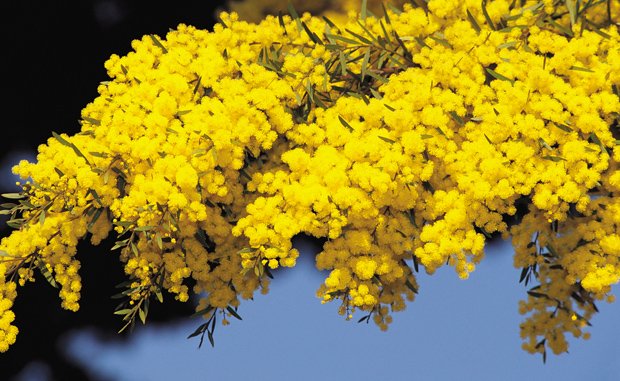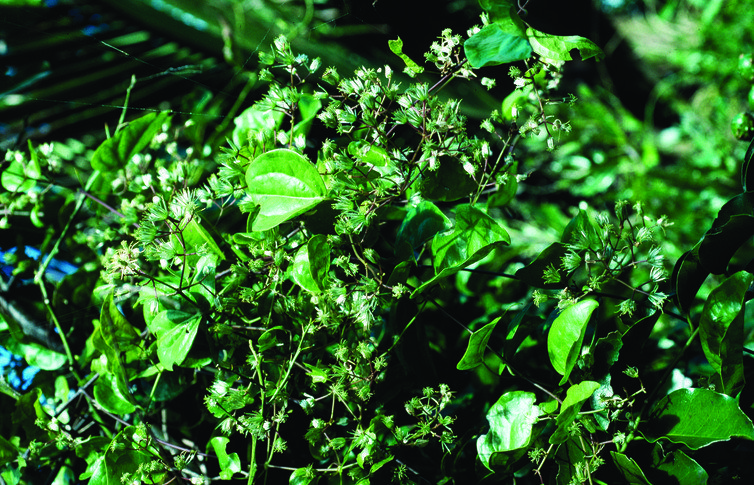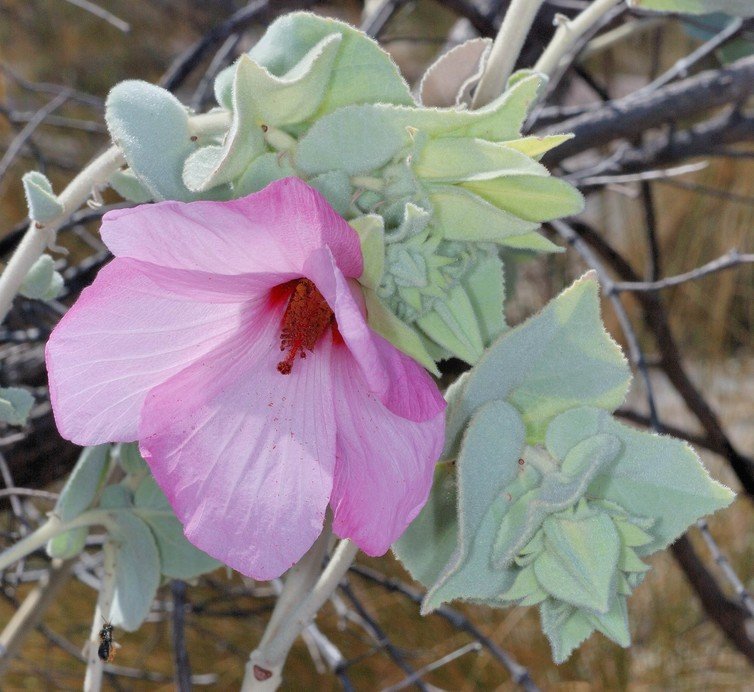National parks are vital for protecting Australia’s endangered plants

NORFOLK ISLAND, NEARLY 1500km from Australia’s east coast, is home to one of the country’s most endangered species, but you probably haven’t heard of it. Clematis dubia, a woody climber with white and hairy flowers, was known to number only 15 mature plants in 2003.
Once common on the island, this clematis illustrates what stands in the way of survival for many of our threatened plants. Around 84% of Australia’s native plants don’t occur anywhere else on Earth.
Threats to our native plants include ongoing habitat destruction, fire, invasive species, more frequent extreme weather events, and declining populations of the animals involved in their pollination and seed dispersal.
Clematis dubia is lucky to call Norfolk Island National Park home. Our national parks are places of beauty and adventure for us to enjoy. They are also a haven for many species.
But life in a national park doesn’t guarantee a species’ survival. Recently we assessed 41 endangered or significant plants that occur in Australia’s six Commonwealth National Parks, to identify ways to help these plants recover.
We found that many of these species don’t occur outside national parks, meaning the parks play a huge role in their conservation. Few of these species have been secured in living plant collections or seed banks, and very few are regularly monitored in the wild.
We have little information on either the impacts of threats or of species biology, which limits our ability to secure these species against further loss.
There were only 15 mature Clematis dubia on Norfolk Island known in 2003. (Source: Parks Australia)
Threats to plants
Clematis dubia lives in small and isolated populations. It faces many perils of modern life, like invasive weeds. We understand very little of its biology, including how its seeds are dispersed, how long it takes to start producing seed, and even how long it lives.
Another plant we assessed was the Graveside Gorge wattle (Acacia equisetifolia) found in Kakadu National Park. A small shrub, less than a metre tall with small yellow flowers, this wattle is listed as critically endangered.
Fewer than a thousand plants are growing in only two locations about a kilometre apart in a restricted area of the park. There is little information on the basic biology of this shrub.
Like other acacias, Graveside Gorge wattle is probably pollinated by, and provides food for, a variety of different insect species. It probably only reproduces sexually and its seeds might be dispersed by ants and probably germinate after fires. The main threat to this species is fires, especially ones that are too frequent or too intense.
As a safeguard against extinction, Parks Australia has collected seed from the Graveside Gorge wattle, which is now stored in the National Seed Bank at the Australian National Botanic Gardens in Canberra.
Hibiscus brennanii is a vulnerable shrub found in Kakadu National Park. (Source: Parks Australia)
Jenny Hunter, Kakadu ranger, collecting Hibiscus brennanii seed for the seed bank. (Source: Parks Australia)
Seed banking can extend the longevity of seeds to hundreds of years, protecting a species from extinction and helping in its recovery should the worst happen. Germination trials at the National Seed Bank help unlock the often complex germination requirements of different species so that they can be regrown from seed.
As a result of trials with Graveside gorge wattle, the Gardens now has a living collection of this species. In Kakadu, Parks Australia is protecting the two wild populations by planning protective burning to create longer intervals between fires and reduce the likelihood of severe fires.
Protecting plants
Seed banking and living collections are two of the strategies we recommended to safeguard populations of threatened plant species. Some species may also benefit from establishing new populations outside national parks, similar to the management strategies used for vertebrate animals.
We also recommend surveying all endangered plant species in national parks that are not currently part of a formal monitoring program or that have not been surveyed within the past two years.
Finally, realising the gaps in our knowledge of the biology of and threats to many of Australia’s threatened plants, we recommend partnering with researchers and NGOs with restoration experience to draw on available scientific and on-the-ground knowledge.
And what of Norfolk Island’s endemic climbing clematis, Clematis dubia? Along with the low number of individuals, competition from weeds is a major threat to the survival of this species, so conservation efforts by Parks Australia have involved intensive weed control work, particularly to deal with the invasive guava plant.
Recent searches in likely habitat have revealed an additional 33 plants, a mix of adults and juveniles. Happily, new seedlings are now showing up in areas where guava has been removed, improving the future prospects for this species.
The report Constraints to Threatened Plant Recovery in Commonwealth National Parks was funded by the Australian Government through the Threatened Species Commissioner, Gregory Andrews. It was authored by researchers at the Centre for Australian National Biodiversity Research, a joint initiative between Parks Australia’s Australian National Botanic Gardens and CSIRO.
![]()
Linda Broadhurst is Director, Centre for Australian National Biodiversity Research, CSIRO.
This article was originally published on The Conversation. Read the original article.




